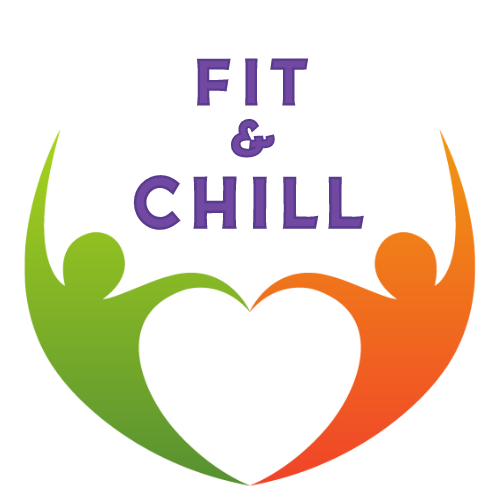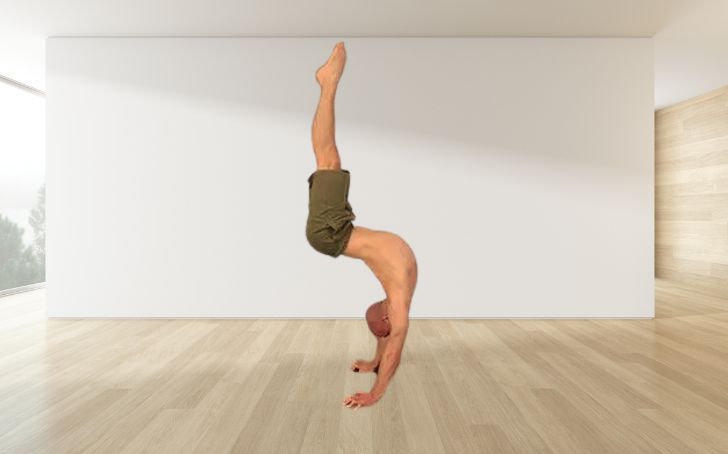Step by Step Guide
- Stand tall with your feet hip-width apart and arms hanging naturally by your sides.
- Tighten your abdominal muscles to stabilize your torso throughout the movement.
- Lift your right heel towards your buttocks, aiming to touch your glutes with your heel.
- Keep your knee pointing towards the ground as you lift your heel.
- As your right foot returns to the ground, immediately lift your left heel towards your buttocks while swinging your arms in the opposite direction.
- Keep your weight balanced on the balls of your feet and maintain a slight bend in your knees throughout the exercise.
- Try to coordinate your breathing with the movement, inhaling as your arms swing forward and exhaling as they swing back.
Benefits of The Bum Kicks
Incorporating Bum Kicks into your fitness routine can provide a multitude of benefits, from improving cardiovascular health and lower body strength to enhancing flexibility. Here are few benefits of Bum Kicks.
- Cardiovascular Endurance: Bum kicks elevate the heart rate, making them an effective cardiovascular exercise that improves endurance and stamina over time.
- Lower Body Strength: This dynamic movement targets the quadriceps, hamstrings, and glutes, helping to strengthen and tone the muscles of the lower body.
- Improved Flexibility: Performing bum kicks can help improve flexibility in the quadriceps and hip flexors as the heels are lifted towards the glutes with each repetition.
- Enhanced Coordination: Bum kicks require coordination between the arms and legs, promoting better overall motor coordination and agility.
Tips for Beginners:
- Warm-Up: Always start with a thorough warm-up to prepare your muscles and joints for exercise. Incorporate dynamic stretches and light cardio to increase blood flow and body temperature.
- Focus on Form: Pay attention to proper form, ensuring that you’re lifting your heels towards your glutes with each repetition and maintaining coordination between your arms and legs.
- Listen to Your Body: If you experience any discomfort or pain, stop the exercise and assess your form. It’s essential to listen to your body and avoid pushing through pain.
- Rest and Recover: Allow your body enough time to rest and recover between workouts to prevent overuse injuries and promote muscle repair and growth.
- Be Patient and Consistent: Progress takes time, so be patient with yourself and stay consistent with your workouts. Celebrate small victories along the way and focus on gradual improvements in strength, endurance, and coordination.



Leave A Comment